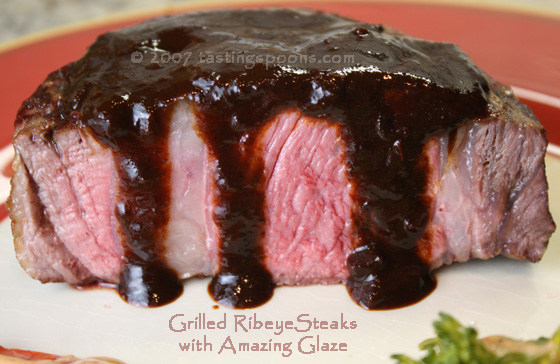
This is a post about the technical side of grilling steaks – the photo is from an earlier post – which happens to be our favorite steak preparation. Click this link to go to that recipe.
We do enjoy a steak with some regularity. My DH would probably eat a steak about every 3-4 days if I’d let him, but since I know we should limit how much beef we eat, we have a steak probably once every 2-4 weeks. And I cook beef in one or another form (ground, short ribs) maybe once a month too, although generally we’ll have more than one meal out of it, so technically we eat it more than once, twice or three times a month. If we go to a steakhouse, sometimes Dave will order a steak there as well. I almost never order a steak out because I’m pretty certain the steak we’ll eat at home is better tasting and more tender. I’m not sure about most beef purveyors, either – what do they feed the cattle? Fillers? And solely corn and grains at the end? – which is so awful for their digestive tracts. Lots of cattle are near death when they’re slaughtered because of what the feed lots force them to eat. All of that came from a book we read about steak: Steak: One Man’s Search for the World’s Tastiest Piece of Beef. I have yet to write up an essay/post about that book. I’ve been meaning to, because I found the book absolutely fascinating.
In the last couple of years you may have read some of my posts about how and what we’ve done at home to improve the chances of a good, juicy tender steak.
(1) We now buy nearly all of our steaks from an organic grower who raises his stock about 50 miles from where we live, and he sells his beef (and lamb, chicken and pork) at a Saturday farmer’s market. He raises grass-fed beef (very, very chewy meat) and some he raises with just a short time of eating a special diet of legumes and grains (no corn) developed by a university. We buy the latter because it’s got the perfect combination of taste and texture. We can order ahead if we want, or just show up at the farmer’s market and decide on the spot from what he has available. Many people have standing orders. Some buy a whole steer and request part of the order to be delivered every  month or so.
month or so.
(2) We use a very expensive (for a thermometer) Splash-Proof Super-Fast Thermapen to test the temp of the steaks. We like medium rare, and usually remove the steak from the grill at about 125° give or take a degree or two.
(3) We let it rest under a light tent of foil for 7-8 minutes.
(4) As for cooking the steaks – we were using a method developed by Hugh Carpenter to grill – mark the meat (grill marks) then move it over to the indirect heat area of the grill and wait until it reached the desired temp. And we thought those things were working well, although we had one complaint – by the time the steak got to our plate and on the table, it was not hot enough for my DH’s tastes – he wants a hotter, almost sizzling steak. We hadn’t experimented with that method.
We’ll likely be changing some of our grilling from now on after reading an article over at Serious Eats. It details 7 things that are myths about grilling, about meat, etc. I found the article quite fascinating. I’ll give you a quick synopsis here:
Myth #1: “You should let a thick steak rest at room temperature before you cook it.”
Apparently it’s not necessary. It just means the steak spends less time on the grill if you do let it sit out. Otherwise, the author found no difference to taste or how it cooked.
Myth #2: “Sear your meat over high heat to lock in juices.”
Nope. Definitely a myth. The article says: “When cooking thick steaks, start them on the cooler side of the grill and cook with the lid on until they reach about ten degrees below final serving temperature. Finish them off on the hot side of the grill for a great crust. For thinner steaks (about an inch or less), just cook them over the hot side the entire time—they’ll be cooked to medium rare by the time a good crust has developed.” The analysis is that once the steak has cooked on the slow side for awhile, the flat surface is drier, therefore when you do put it on the hot side, it will give you a better crust and grill marks.
Myth #3: “Bone-in steak has more flavor than boneless.”
This is one that I certainly thought was true, but tests proved it made no difference. But, if you like to gnaw on bones, do cook bone-in.
Myth #4: “Only flip your steak once!”
Isn’t this one of those quintessential mental pictures of a guy at his grill, flipping those burgers or steaks? Here’s what the article says: “. . . multiple flipping will not only get your steak to cook faster—up to 30% faster!—but will actually cause it to cook more evenly, as well. This is because—as food scientist and writer Harold McGee has explained—by flipping frequently, the meat on any given side will neither heat up nor cool down significantly with each turn.”
Myth #5: “Don’t season your steak until after it’s cooked!”
The explanation for this one is kind of long (go to the article to read it in full), but the general theory is that we put steaks on the grill when they’re too wet. Steaks have got to have a dry, dry surface. The article’s “takeaway:” You can get away with salting just before cooking, but for best results, salt at least 45 minutes—and up to a couple of days—in advance, letting your steak rest on a rack in the fridge so that its surface can dry and the salt can be absorbed into the meat. Serve the steak with crunchy sea salt at the table.
Myth #6a: “Don’t use a fork to turn your steak.”
You know you’ve read about it – don’t puncture any piece of grilled meat (steak, pork chop, tenderloin, even chicken) because the juices will escape, resulting in a dry piece of finished meat. The truth: muscles in steak are little tiny, miniscule water balloons, he explained, and indeed, if you puncture a steak you likely will break a few, but his tests showed it was such a finite amount to hardly matter.
Myth #6b: “If you cut it open to check doneness, it will lose all its juices.”
Certainly I’ve wondered about this, but I still have done it anyway – especially when Dave has brought a piece in from the grill about 20 minutes early and he says it’s done (per the thermometer). I never want to serve an undercooked chicken breast or steak, or pork chop. A few juices may be lost, but it doesn’t seem to affect the final result. He recommended using this method only if you don’t have a meat thermometer, or you don’t trust what it says.
Myth #7: “Use the “poke test” to check if your steak is done.”
You know this one – press your finger on the meat itself – if it’s fleshy like the inside of your palm, it’s really rare, closer to the thumb it’s medium-rare, etc. The writer says that not everyone’s hands are alike – some are more fleshy than others, so that makes this method a crap shoot. His answer: use a Thermapen.






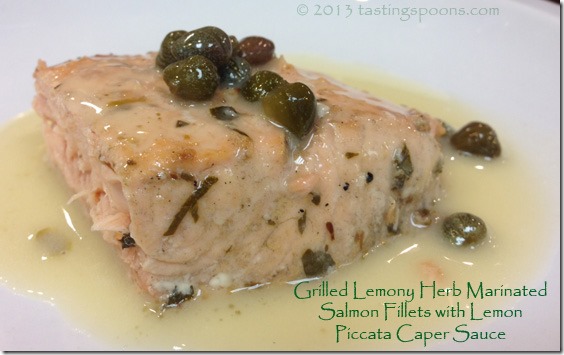
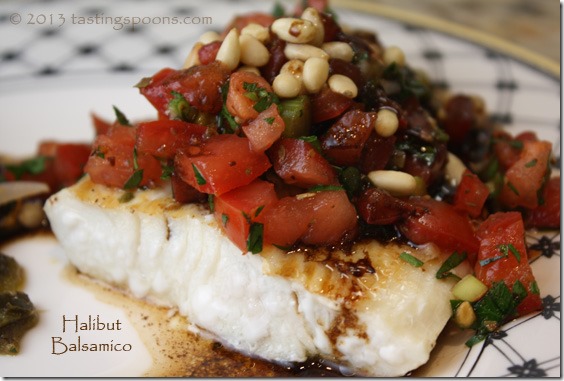
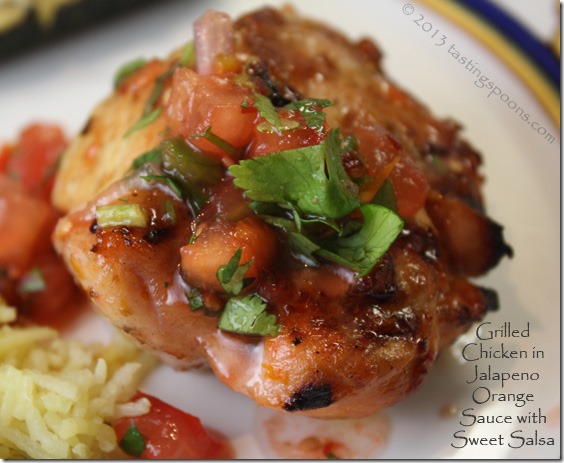
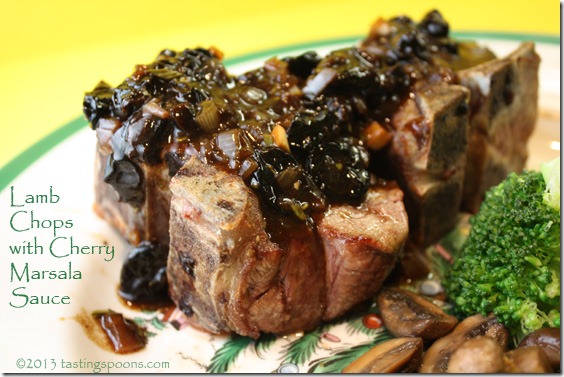
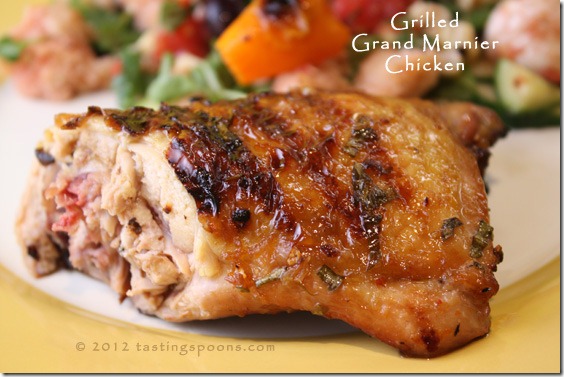
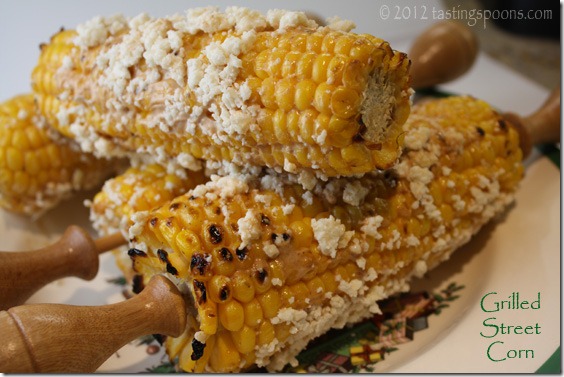
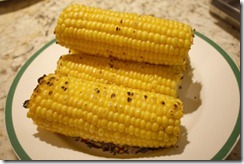
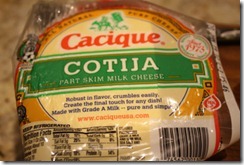
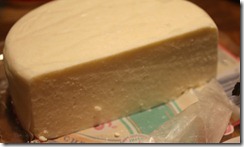
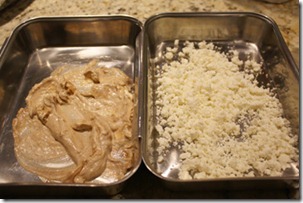
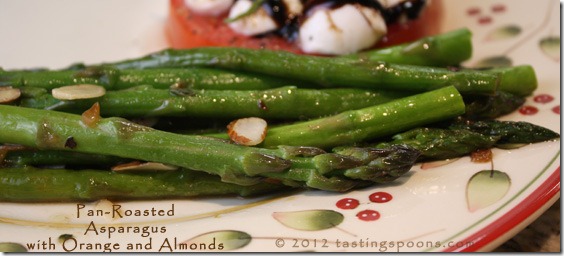
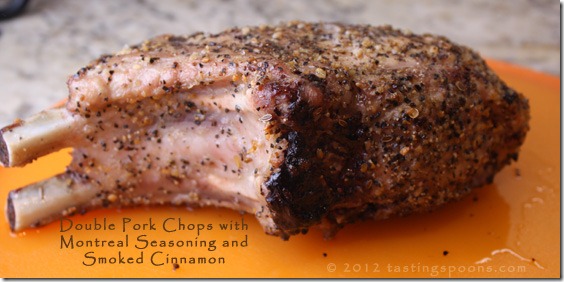
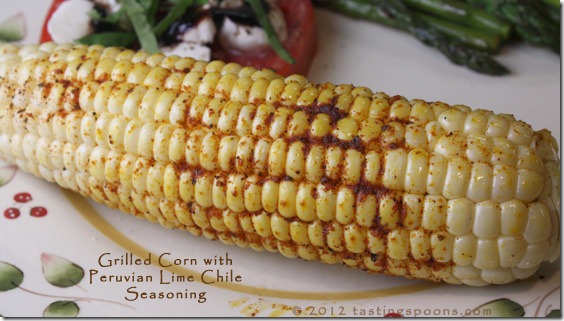
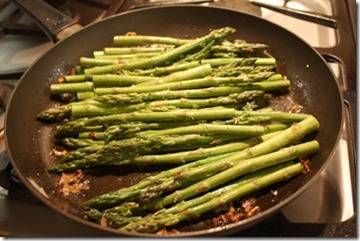
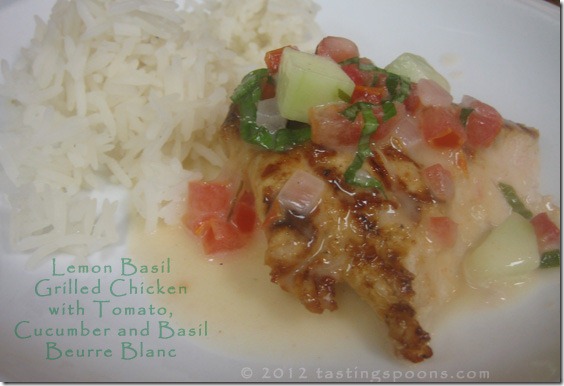
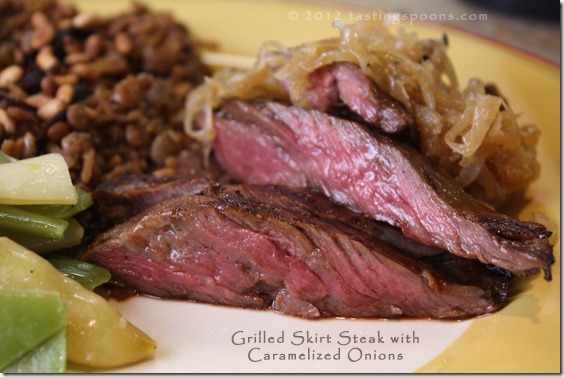
Leave a Comment!